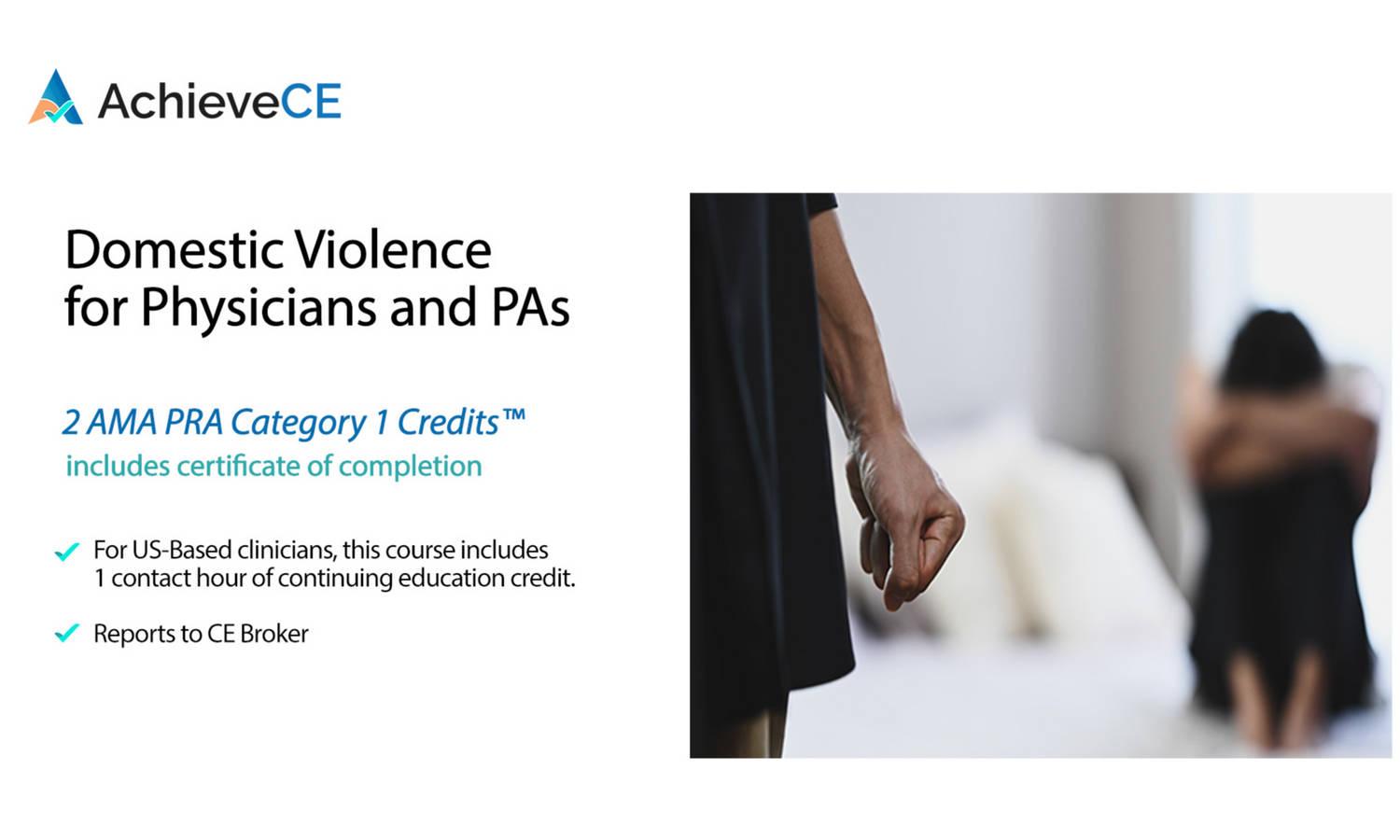
Practical Approaches in Overactive Bladder: From Diagnosis to Goal Attainment
English
Recorded Courses
hosted by Vemco MedEd, LLC
hosted by Vemco MedEd, LLC
attend it anywhere online
category
Nursing, Healthcare Management, Medicine, Assistant
Physician Assistants, Primary Care, Urology
price
Free
Practical Approaches in Overactive Bladder: From Diagnosis to Goal Attainment is organized by Vemco MedEd, LLC.,,Release Date:, Expiration Date:,,Educational Overview :,Overactive bladder (OAB) is a chronic, debilitating condition that impacts approximately 16% of the population in the United States. OAB is more prevalent in older adults, with one estimate of 40.4% in elderly men and 46.9% in elderly women. Though OAB is a common problem, relatively few individuals with symptoms of OAB seek medical care and even fewer receive care. For this reason, OAB has often been termed the “hidden condition” as many who suffer from the condition consider OAB a normal part of aging and fail to report it to their physician. Left untreated, OAB can significantly impact a patient’s quality of life, including physical, psychological, social, occupational, and sexual aspects. Clinicians in the primary care setting are well-positioned to improve the outcomes of patients with OAB symptoms by early detection and effective utilization of current therapeutic approaches. PCPs must communicate with patients initially about recognizing OAB symptoms, and then by developing realistic patient-specific treatment goals that meet patient expectations. Through routine evaluation of treatment effectiveness and tolerability, while making necessary adjustments, PCPs can make a significant impact in improving the overall well-being of patients with OAB.,,Learning Objectives :,Upon completing this activity, participants will be able to:,• Utilize communication and diagnostic techniques for early detection and diagnosis of overactive bladder (OAB) among at-risk patients,• Review patient factors to consider when selecting between anticholinergics and beta-3 adrenoceptor agonists for OAB treatment,• Select appropriate OAB pharmacologic therapy based on efficacy data, safety profile, and patient factors and preferences









